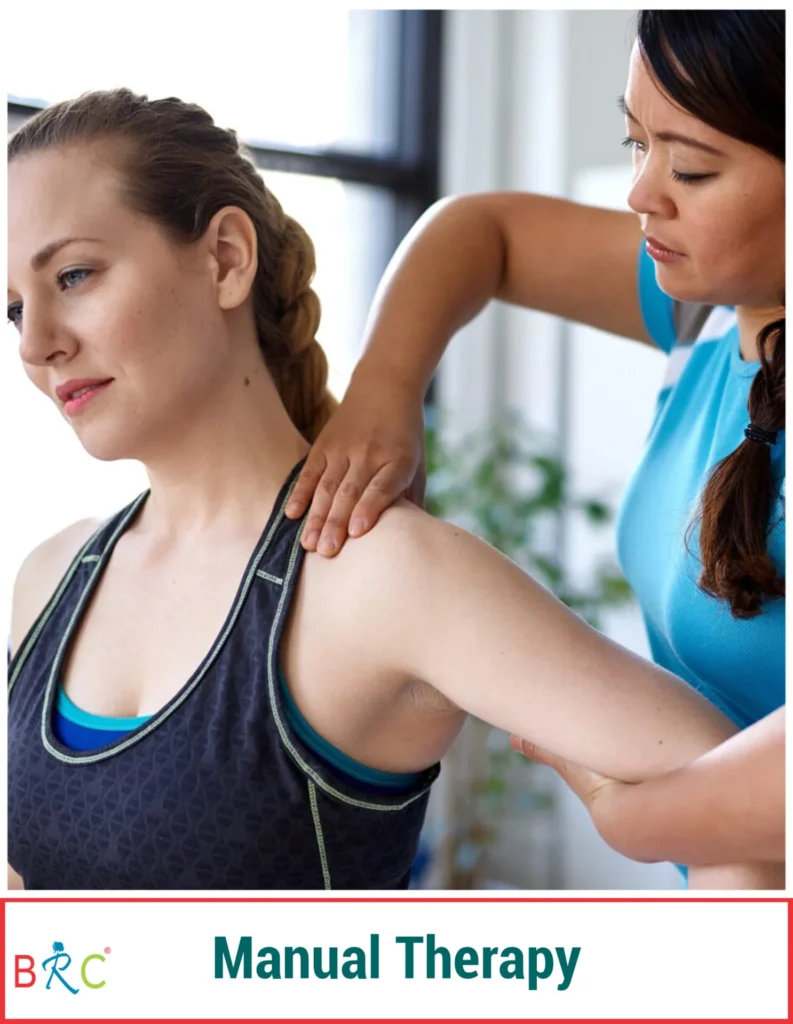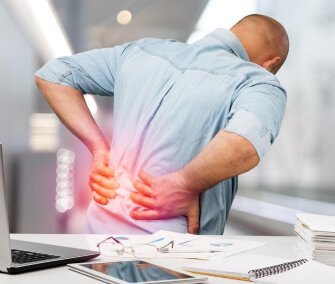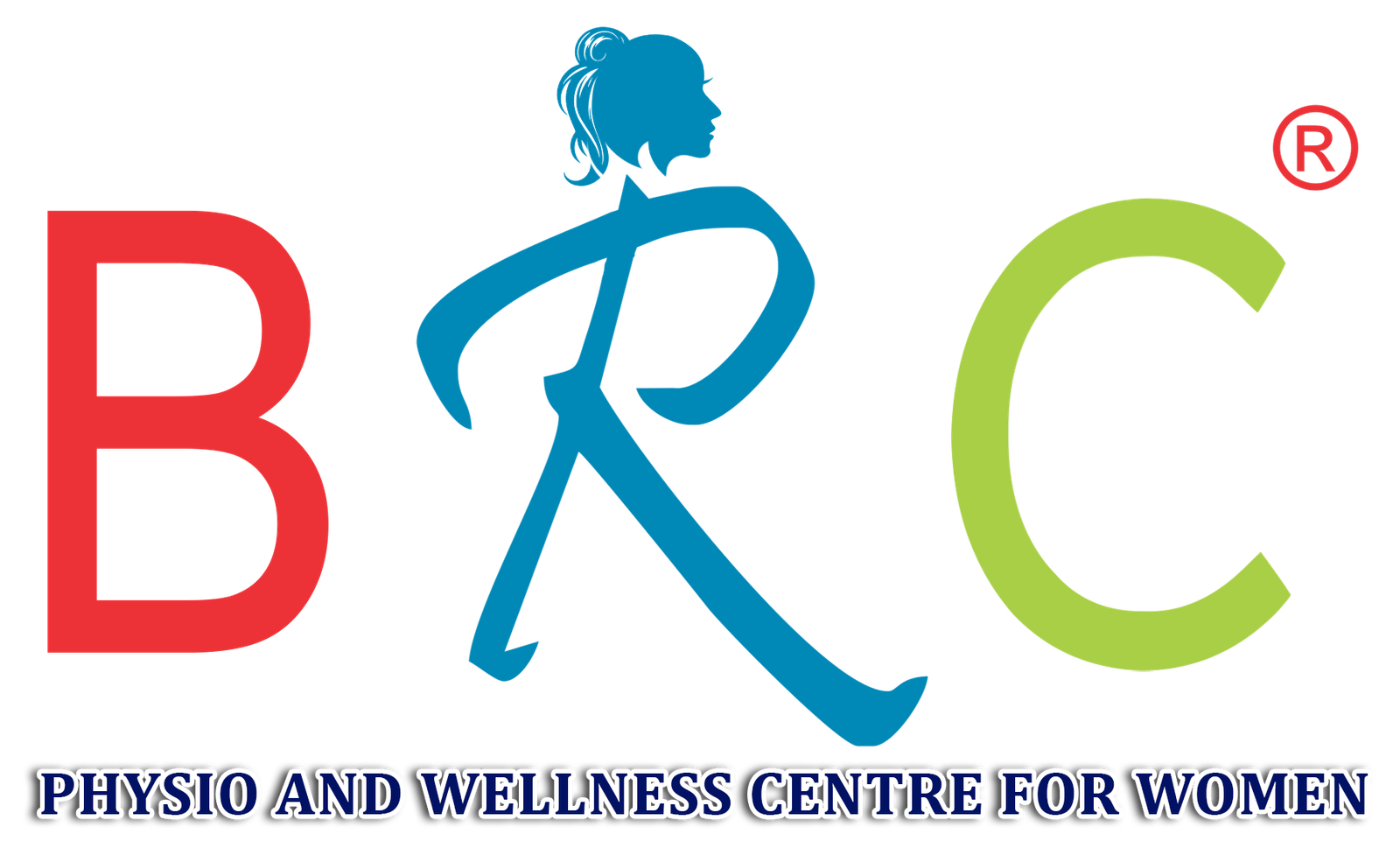Manual therapy for women

MON-SAT 8:00-9:00
+91 569 803 6420

Manual therapy for women
Manual therapy is a hands-on treatment approach used by physiotherapists to manage and alleviate pain, improve mobility, and enhance overall function. It involves specific techniques that are often used to treat musculoskeletal conditions and injuries. For women, manual therapy can address a wide variety of issues related to musculoskeletal pain, pregnancy-related discomfort, pelvic health, and postpartum recovery.
Here’s an overview of how manual therapy can benefit women, including the techniques used and the conditions it can treat:
1.Manual Therapy for Pregnancy-Related Discomfort
- Common Issues: Pregnancy can cause significant physical changes, leading to discomfort such as pelvic girdle pain, sciatica, back pain, and postural changes.
- Manual Therapy Techniques:
- Soft Tissue Mobilization: Gentle manipulation of muscles and connective tissues to reduce tension, alleviate pain, and improve circulation.
- Joint Mobilization: Gentle, controlled movements of the joints to improve mobility and reduce stiffness, particularly in the lower back, pelvis, and hips.
- Myofascial Release: A technique that targets muscle fascia (the connective tissue around muscles), aiming to release tightness and reduce discomfort.
- Spinal Manipulation (when safe): For certain cases of lower back pain, manual manipulation may help alleviate discomfort. This is typically done with caution during pregnancy and should only be performed by a trained therapist.
- Benefits: Helps relieve tension, pain, and improve posture as the body adjusts to the changes during pregnancy.
2.Postpartum Recovery and Manual Therapy
- Common Issues: After childbirth, women may experience pelvic floor dysfunction, diastasis recti (abdominal separation), lower back pain, and shoulder pain from breastfeeding or carrying the baby.
- Manual Therapy Techniques:
- Pelvic Floor Therapy: Manual therapy can help release tightness in the pelvic floor muscles, improve function, and manage pelvic pain or incontinence.
- Abdominal Muscle Release: For women with diastasis recti, manual therapy can help to release tension and restore optimal function in the abdominal muscles.
- Trigger Point Therapy: This technique involves applying pressure to specific tight muscle areas to release knots and ease pain in the neck, shoulders, and back.
- Soft Tissue Mobilization for Scar Tissue: After a C-section or episiotomy, manual therapy can help reduce tightness and promote healing in scar tissue.
- Benefits: Manual therapy helps improve mobility, reduce pain, restore pelvic floor function, and assist in the healing process post-birth.
3.Pelvic Health and Manual Therapy
- Common Issues: Conditions such as urinary incontinence, pelvic organ prolapse, pelvic pain, or sexual dysfunction can affect many women.
- Manual Therapy Techniques:
- Internal Pelvic Floor Therapy: This involves gentle, internal techniques to assess and treat pelvic floor muscle tightness or weakness. It can help with conditions like urinary incontinence and pelvic pain.
- External Pelvic Floor Release: External massage or pressure on the pelvic floor and abdominal muscles to release tension and improve muscle function.
- Visceral Manipulation: A gentle hands-on technique aimed at the organs and surrounding structures (e.g., bladder, uterus) to improve mobility and reduce pain.
- Benefits: Restores pelvic floor function, reduces pain, improves urinary control, and addresses conditions such as pelvic organ prolapse or painful intercourse.
- Instant Business Growth
- 24/7 Quality Service
- Easy Customer Service
- Quality Cost Service

4.Menstrual-Related Pain and Manual Therapy
- Common Issues: Many women experience dysmenorrhea (painful periods), pelvic pain, and discomfort related to endometriosis or fibroids.
- Manual Therapy Techniques:
- Myofascial Release: Targeting tight muscles and fascia in the pelvic region to reduce pain and improve circulation during menstruation.
- Visceral Manipulation: Working on the abdominal area to reduce discomfort caused by pelvic conditions, improve the position of internal organs, and alleviate menstrual pain.
- Craniosacral Therapy: A gentle technique that can help reduce overall tension and alleviate symptoms of menstrual pain.
- Benefits: Provides relief from menstrual cramps, reduces pelvic discomfort, and can help with more chronic pelvic conditions like endometriosis or fibroids.
5.Breastfeeding-Related Pain and Manual Therapy
- Common Issues: Neck, shoulder, and back pain from poor posture during breastfeeding, as well as wrist pain from repetitive motion.
- Manual Therapy Techniques:
- Trigger Point Release: Focus on muscle knots in the neck, upper back, and shoulders to reduce tightness and discomfort.
- Postural Correction: Manual therapy can help restore the spine’s natural curvature and relieve strain caused by slumping or leaning forward during breastfeeding.
- Soft Tissue Mobilization: Gentle mobilization of tight tissues to release tension, especially in the shoulders and neck.
- Benefits: Reduces discomfort from poor posture during breastfeeding and supports recovery from repetitive strain in the upper body.
6.Joint Pain and Mobility
- Common Issues: Women may experience joint pain related to arthritis, injuries, or aging. Hormonal changes (e.g., during menopause) can affect joint health, leading to stiffness, pain, and limited mobility.
- Manual Therapy Techniques:
- Joint Mobilization: Gentle manipulation of joints to improve range of motion and reduce stiffness, particularly in the hips, knees, and lower back.
- Soft Tissue Techniques: Use of hands-on methods to release tight muscles around the joint to improve mobility.
- Benefits: Improves joint mobility, reduces pain, and restores function to affected joints.
7.Neck and Upper Back Pain
- Common Issues: Women often experience neck and upper back pain due to poor posture, muscle tension, or stress.
- Manual Therapy Techniques:
- Cervical Manipulation and Mobilization: Gentle manipulation of the cervical spine to relieve neck pain.
- Soft Tissue Therapy: Massage and pressure applied to the muscles around the neck, upper back, and shoulders to reduce tension and promote healing.
- Trigger Point Therapy: Focus on releasing knots and tightness in the neck and upper back muscles.
- Benefits: Reduces pain and muscle tension, improves posture, and helps alleviate chronic neck and upper back discomfort.
How Manual Therapy Can Benefit Women:
Pain Relief
Provides immediate relief from musculoskeletal pain, joint stiffness, and muscle tension.
Improved Mobility
Helps restore joint range of motion and muscle flexibility.
Enhanced Postpartum Recovery
Assists with healing after childbirth, including recovery from C-sections or vaginal births.
Pelvic Health
Supports pelvic floor recovery and helps treat urinary incontinence, pelvic pain, and other pelvic issues.
Injury Prevention
By addressing tight muscles and improving posture, manual therapy helps prevent further injuries or strain.
